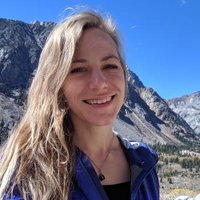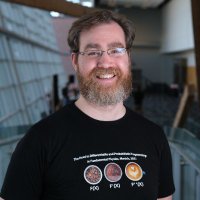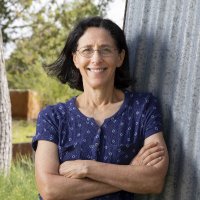
Auralee
@leelinska
Researcher at @SLAClab / @Stanford, excited about the intersection of machine learning, particle accelerators, physics, and complex system control!
ID: 1939983402
http://www.leelinska.com 06-10-2013 06:31:16
227 Tweet
234 Followers
370 Following











An “open science” approach to modeling particle accelerators could extend the capabilities of today’s machines and usher in the next generation, according to Axel Huebl & Jean-Luc Vay, researchers in the Accelerator Modeling Program LBNL Accelerator Technology & Applied Physics Berkeley Lab: atap.lbl.gov/open-science-e…







"Perspectives on the State and Future of Deep Learning" (I really enjoyed taking part in this survey. Thanks to Micah Goldblum for organizing it!) arxiv.org/abs/2312.09323







